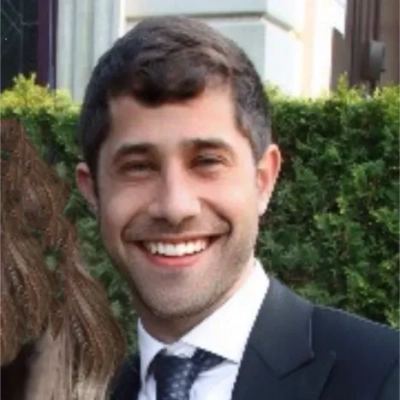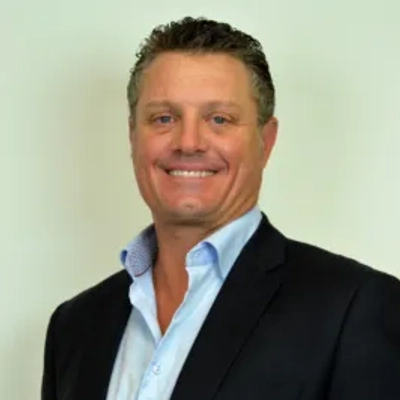How Collaborating With Healthcare Professionals Helps Children With Vision Problems
Vision problems in children can significantly impact their development and daily life. This article explores how collaboration with healthcare professionals leads to better outcomes for young patients. Drawing from expert insights, it highlights the importance of accurate diagnosis and tailored interventions in addressing vision-related challenges in children.
- Orthoptist Enhances Stroke Rehabilitation
- Child's Vision Issues Mistaken for ADHD
- ABA Therapy Adapts for Cortical Vision Impairment
- Medical Supply Team Improves Catheter Use
Orthoptist Enhances Stroke Rehabilitation
How Working Together Helps Patients with Vision Problems After Stroke or TBI
As an orthoptist and vision specialist, I often meet patients after stroke or traumatic brain injury (TBI) who struggle with double vision, reduced eye movement, or visual field loss. These challenges can seriously affect balance, mobility, reading, and quality of life — yet they're not always identified during standard rehabilitation.
That's why I've taken the initiative to collaborate closely with neurologists, rehabilitation doctors, occupational therapists, and neuropsychologists. With my expertise in detailed vision assessment and their perspectives on motor and cognitive function, we're able to build a much more comprehensive picture of the patient's needs.
One case that stands out was a patient with a brainstem stroke who had trouble coordinating eye movements and experienced constant diplopia. After I mapped out the specific oculomotor deficits, we were able to tailor visual strategies, like prism correction and eye movement training, into the broader rehabilitation plan. The occupational therapist incorporated these into daily tasks, and the team adjusted goals accordingly.
This way of working ensures that each patient doesn't just fall into a "one-size-fits-all" program. Everyone contributes their piece — and the patient gets the best from all of us.

Child's Vision Issues Mistaken for ADHD
A child's difficulty in school is not always rooted in a primary psychiatric condition; sometimes, the most effective psychiatric intervention is a referral to an eye doctor. This collaborative, whole-person approach is central to my practice because a child's well-being is a puzzle with many interconnected pieces.
I once worked with a 7-year-old boy whose parents and teachers were concerned about ADHD. He was struggling to pay attention in class, avoided reading, and often seemed frustrated and irritable during homework time. While these are common signs of attention-deficit disorders, during our evaluation, I noticed he was squinting significantly to see things across the room and frequently rubbed his eyes.
Instead of immediately starting a trial of medication for ADHD, my first and most critical recommendation was for him to see a pediatric ophthalmologist. The collaboration was seamless; I provided the ophthalmologist with our behavioral observations, and they conducted a thorough vision exam. It turned out the boy had severe, undiagnosed nearsightedness. He wasn't being defiant or inattentive; he was frustrated because he simply couldn't see clearly.
The benefits of this collaboration were immediate and profound:
Accurate Diagnosis: We avoided mislabeling the child with ADHD and starting him on a medication he did not need. The root cause of his struggles was physical, not psychiatric.
Effective, Simple Treatment: A pair of glasses completely transformed his experience at school. He could see the board, participate in class, and read without straining his eyes.
Restored Confidence: His irritability and frustration faded away, replaced by newfound confidence and an enjoyment of learning.
This case was a powerful reminder that comprehensive care requires us to look beyond the obvious symptoms. Working together with other healthcare professionals is essential to ensure we are treating the whole child, not just a single behavior.

ABA Therapy Adapts for Cortical Vision Impairment
I have handled this exact scenario multiple times at Bedrock ABA, particularly with children who have both autism and cortical vision impairment. The collaboration between our BCBAs, occupational therapists, and vision specialists completely transforms treatment outcomes.
We had a 7-year-old client for whom traditional ABA visual prompts weren't working during our in-home sessions. I coordinated with his vision therapist to modify our Discrete Trial Training approach, using high-contrast materials and specific lighting angles they recommended. Our RBT also learned to position herself within his functional visual field during therapy sessions.
The vision specialist taught us about his processing delays, so we extended our prompt timing from 3 seconds to 8 seconds. Meanwhile, our data showed which reinforcement strategies worked best, helping the vision therapist understand his motivation patterns for their exercises. This two-way information sharing meant both therapies became more effective.
Within 12 weeks, his ability to follow visual instructions improved by 340% in our tracked behaviors, and the vision therapist reported faster progress in their sessions too. The key was real-time data sharing between teams rather than waiting for monthly reports.

Medical Supply Team Improves Catheter Use
I've spent over 30 years building Complete Care Medical from two employees to serving more than 50,000 customers, and one case really stands out regarding pediatric vision collaboration. We had a 9-year-old customer who needed intermittent catheters but was struggling with self-catheterization due to severe visual impairment that wasn't being properly addressed.
Our team worked directly with the child's urologist, pediatric ophthalmologist, and occupational therapist to create a comprehensive care plan. We provided tactile catheter samples with improved grip features while the ophthalmologist adjusted vision correction, and the occupational therapist worked on fine motor skills for independent catheterization.
The collaboration eliminated the guesswork—instead of three separate providers working blindly, we shared insights about which catheter designs worked best with limited vision. Within six weeks, this child went from complete dependence to confidently self-catheterizing, which dramatically improved their quality of life and family dynamics.
The real benefit was speed and precision. When healthcare providers communicate directly rather than through fragmented notes, problems are solved faster and patients don't fall through the cracks.


